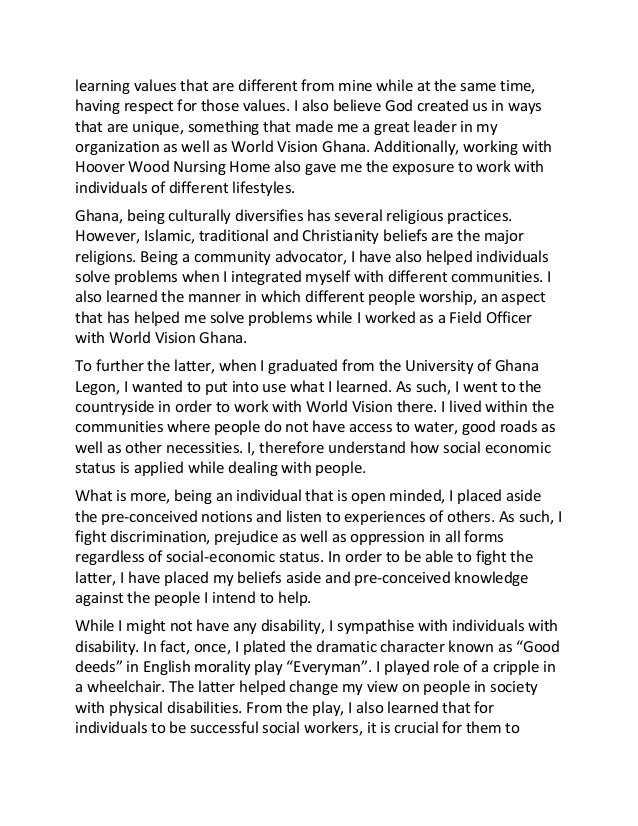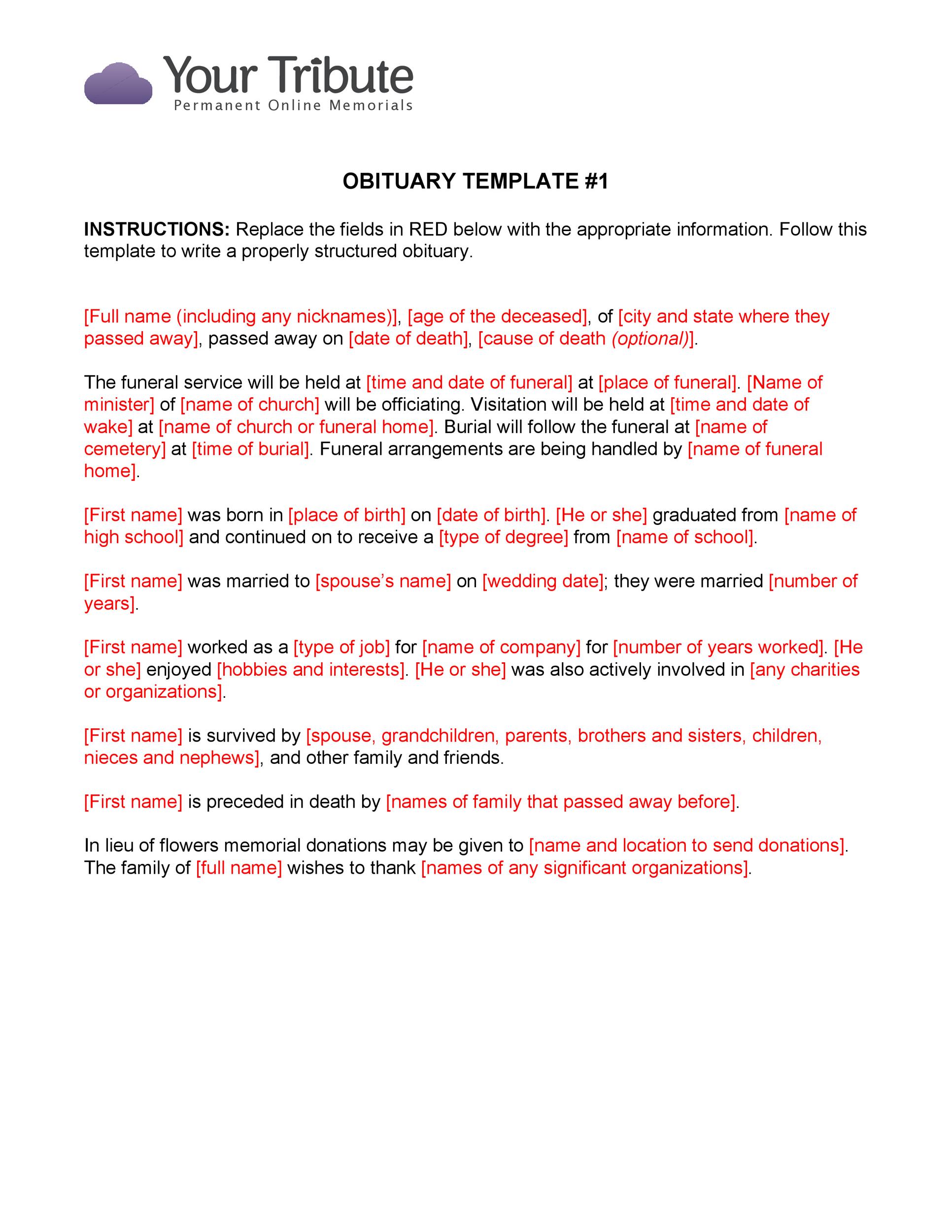Case Study Example Of Dysthymic Disorder - Case Solution.
Suffering From Major Depressive Episodes And Dysthymic Disorder. Our case study forty-seven-year-old Ellen is suffering from Major Depressive Episodes and Dysthymic Disorder. The symptoms of major depressive episodes are; having a loss of energy, feeling overwhelming sadness, and irritability. The symptoms of Dysthymic Disorder are; having a.
Persistent depressive disorder, known as dysthymia or low-grade depression, is less severe than major depression but more chronic. It occurs twice as often in women as in men.

Mood Disorders - Dysthymia What Is A Mood Disorder. Here at Psymplicity Healthcare, we offer integrated psychiatry services covering a comprehensive range of common and rare mood disorders. We fully understand how difficult it can be to draw the line between normal, everyday variations in mood and an affective disorder that could benefit from professional diagnosis and treatment.
Rhebergen D, Graham R. The re-labelling of dysthymic disorder to persistent depressive disorder in DSM-5: old wine in new bottles? Curr Opin Psychiatry. 2014;27:27-31. 4. Klein DN, Shankman SA, Rose S. Ten-year prospective follow-up study of the naturalistic course of dysthymic disorder and double depression. Am J Psychiatry. 2006;163:872-880. 5.
/1958_autobiography_F1497_225.jpg)
ABSTRACT The diagnosis of dysthymic disorder was created in DSM-III and maintained in DSM-IV to describe a depressive syndrome of mild to moderate severity of at least two years' duration that did.

Dysthymic disorder is a mild and chronic form of depression, now technically known as persistent depressive disorder. Learn about dysthymic disorder, its symptoms, and treatment.

Dysthymic Disorder Self Test. The Dysthymic Disorder Self Test is a quick and easy way to test yourself for Dysthymic Disorder. Once you know your Dysthymic Disorder Self Test results, we'll help you take appropriate steps.

With this interactive quiz and printable worksheet, you can review what dysthymic disorder is and how similar it is to major depression. The.

The portrayal is accurate in that Bill exhibits almost all of the symptoms of Dysthymic Disorder, nearly all the time. Saying that Bill is depressed all of the time is not an exaggeration. In people with Major Depressive Disorder there are longer periods of normalcy, but in Dysthymic Disorder there are not long periods of normalcy. More often.

William M. Reynolds, in Comprehensive Clinical Psychology, 1998. 5.17.3.2.2 Dysthymic disorder. In the DSM-IV dysthymic disorder represents a relatively chronic depressive disorder that is typically less severe in symptom distress than major depression, but typically of greater duration. Diagnostic criteria for dysthymic disorder in children and adolescents includes a depressed or irritable.

The results of this evidence-based case study should prompt further investigation of couple therapy for dysthymia disorder. Randomized clinical trial design is needed to reach an evidence-based.

Our case study forty-seven-year-old Ellen is suffering from Major Depressive Episodes and Dysthymic Disorder. The symptoms of major depressive episodes are; having a loss of energy, feeling overwhelming sadness, and irritability.

The prevalence of dysthymic disorder according to a study done by Riolo, Nguyen, Greden, and King, (2005), were significantly higher in African Americans and Mexican Americans compared to whites. Lack of education remained a risk factor for dysthymic disorder; however, in whites as education went up the prevalence went down. For Mexican and.


